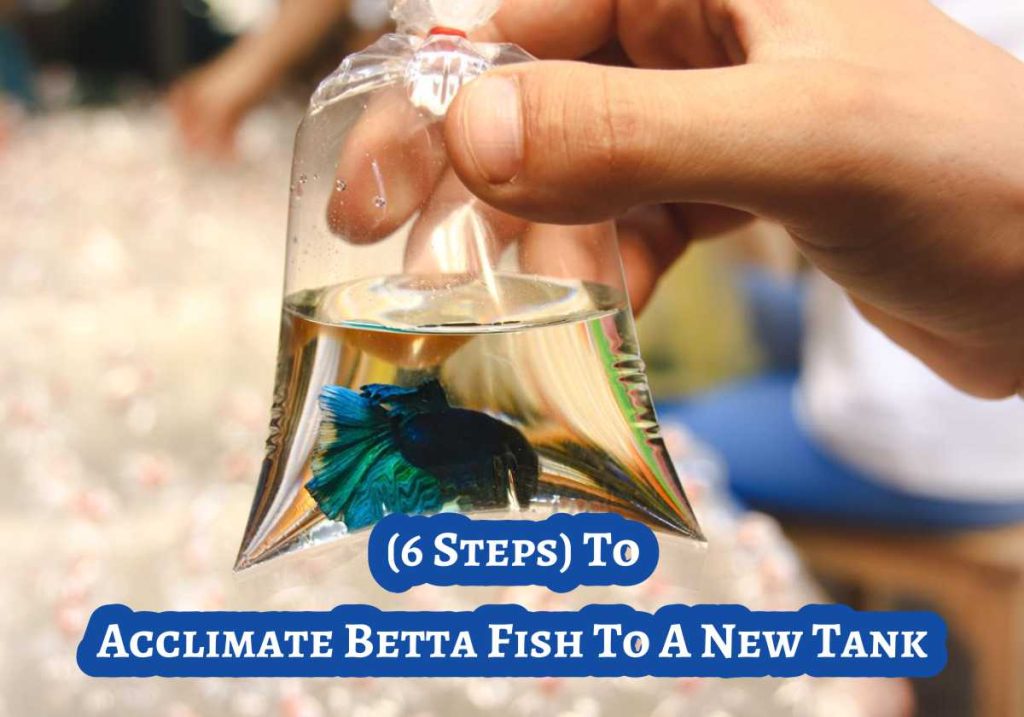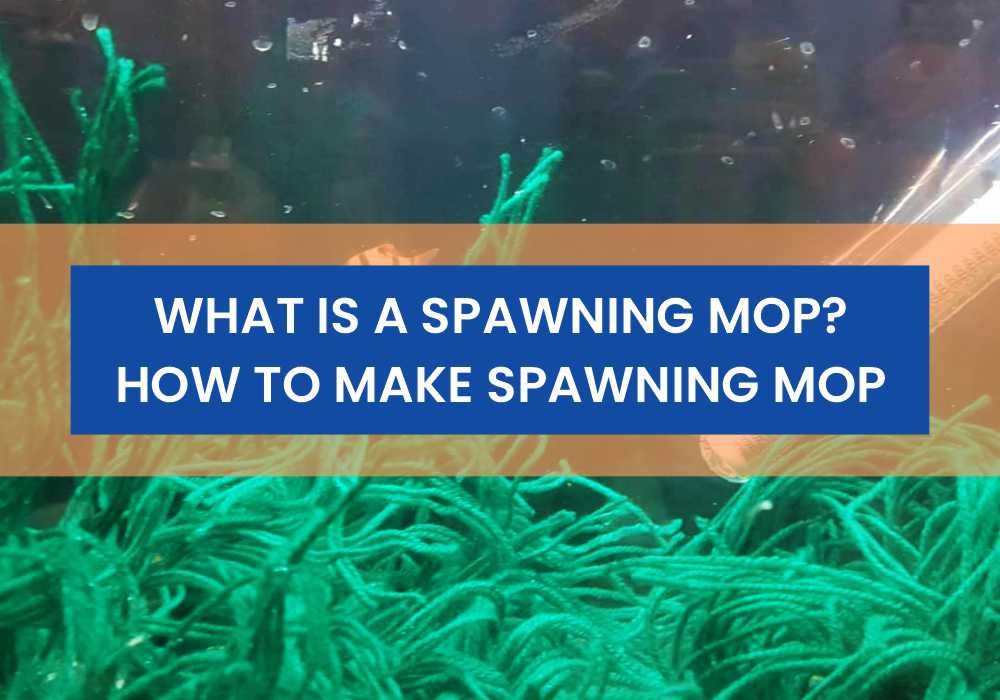As an Affiliate, We may earn a commission that doesn't cost you extra from qualifying purchases using links in this post. It helps keeps this blog running.
Concerned about properly acclimating your betta fish? Worry not, as we’ve got you covered! We’ve devised the quickest, simplest, and most enjoyable methods to make this process a breeze. Prepare for a fun and straightforward journey as we guide you through the exciting transformation of acclimating your betta fish.
Acclimation stands as a crucial step in the well-being of your betta fish, and we’re here to ensure you nail it. The goal of this process is to achieve a temperature equilibrium between the new tank and the existing bag or container, setting the stage for a seamless transition.
Preparing The New Betta Fish Tank
As much as your fish is important, preparing your new tank for your fish is much more important, because it determines how healthy your fish will be. Having a good tank set and water condition will make your fish feel good.
Below are some of the steps to prepare your tank for your betta fish:
- Wash the tank: Start by thoroughly cleaning the new tank to remove impurities and debris.
- Add Gravel: Make your betta fish comfy by placing gravel in the tank. Rinse it well before adding it to the bottom.
- Decorate: Add decorations and toys like floating leaves, ornaments, and hoops to keep your betta entertained. Rinse them before placing them in the tank.
- Fill with Dechlorinated Water: Use water that’s free of chlorine. If needed, dechlorinate it to remove chlorine and heavy metals before adding it to the tank.
- Install a Filter: A filter prevents harmful bacteria and toxins, keeping your fish healthy and the water clean.
- Use a Heater: Maintain the right temperature with a heater to keep your betta comfortable.
- Check pH: Keep the tank’s pH level between 6.5 and 8. Change the water weekly to maintain the pH and provide fresh water for your fish
List Of Necessary Tools and Materials
It is important to get all your materials ready for your betta fish, so you don’t have to keep your fish in a bowl/bag for too long while you set up the new tank. Allowing it to stay long in a bag can cause your betta fish to be stressed, and that won’t be good for you and your fish. Here is the list of some necessary tools and materials needed for you to acclimate your fish.
- Betta Fish: Of course, you need to have the healthy betta fish you are transferring to a new home.
- Betta fish Food: To ensure your betta fish gets the right feeds, eat at the appropriate time and enjoy a balanced diet.
- Water Tank: When buying an aquarium tank, ensure it’s a big tank and it can contain about 5 gallons.
- Aquarium Conditioner: A water conditioner helps to take away the heavy metals including chlorine to make the water safe for the betta
- Betta tank Filter: Betta tank filter helps to remove dirt, and toxin from the water and help with water circulation.
- Aquarium Heater: Betta fish require water temperature between 78-80°F (25-27°C). The aquarium heater helps regulate the temperature of the fish.
- Betta fish Thermometer: To check the temperature of the water at intervals.
- Betta fish Substrate: Aquarium gravel or sand is a good substrate for a betta fish. Do not use a sharp or rough substrate that will harm the betta fish.
- Betta fish decorations: Decorations such as ornaments, floating leaves, and caves help to take boredom away from your betta fish.
- Aquarium Plants: These plants provide shields and natural surroundings for your betta fish.
- Tank Test Kit: Make sure you test the tank water parameters (ammonia, nitrite, nitrate, pH) for a healthy environment for your betta fish.
- Transfer cup: Use a clean transfer cup mainly for your betta fish to hold water during the transfer.
- Gravel: Aside from beautifying the tank environment, adding gravel to the tank also helps with cleaning the substrate and clearing the water.
- Aquarium Net: A soft aquarium net is needed to gently catch and transfer the Betta.
6 Step-By-Step Process To Acclimating A Betta Fish
Now, you’re ready for acclimation! Just like it’s mentioned earlier, this is the easiest and fastest process you will ever find for acclimating your betta fish. Pay attention to these steps and follow them closely and in 1hrs you’ll be done.
Total Time: 1 hour
Transfer betta to Acclimation Bag/Pouch:
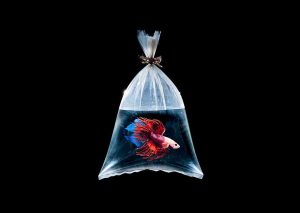
When you go to get your betta fish, it most likely comes in a bowl or small container. Get a pouch or a ziplock bag to transfer your betta fish into for easy acclimation. When you transfer your betta fish into the bag, do not zip it completely or simply puncture it a little at the top to let oxygen in. Your betta fish needs air for survival.
Float the bag with the betta fish in it:
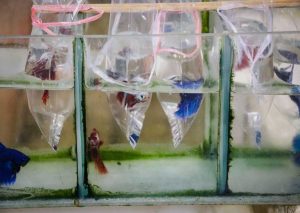
Float the bag where the betta fish is, at the top of the new tank and let it sit on the tank for 15-30 minutes. Before you do this, make sure the bag has enough air so the betta fish can breathe. Letting the bag that has the betta fish float at the top of the new tank will allow the water in the bag (with the betta in it) to match the temperature of the water in the new tank.
Gradually add the new tank water to the Acclimation bag:
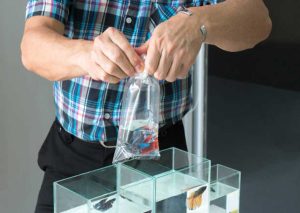
Using a pipette or whatever you have that you can use to transfer drops of water from the new tank gradually to the acclimation bag. Once the acclimation bag has floated on the new tank for about 15 minutes, take a little water from the new tank and add it to the acclimation bag gradually, Repeat this step a couple of times and continue to hold the bag in the tank during this time.
Using a pipette or whatever you have that you can use to transfer drops of water from the new tank gradually to the acclimation bag. Once the acclimation bag has floated on the new tank for about 15 minutes, take a little water from the new tank and add it to the acclimation bag gradually, repeat this step a couple of times and continue to hold the bag in the tank during this time.
Monitor temperature and pH levels:
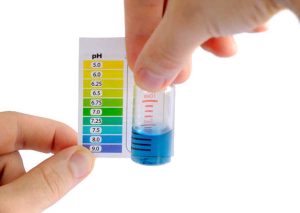
Using a betta pH test kit and a temperature meter kit, monitor the pH level and the temperature of the water in the aquarium tank. Do not rush this process, make sure the temperature in your acclimation bag and the tank are close before floating the acclimation bag in it.
Release the betta into the new tank:
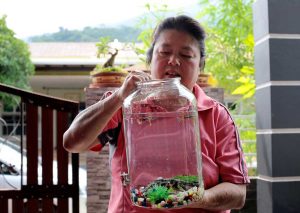
After acclimating your betta fish for about 30 minutes, using a small mesh fish net, take the betta fish and carefully drop it in the new tank. Your betta fish might take some time to get used to its new environment but it should be comfortable living in the new tank at this point. please, avoid adding the water from the acclimation bag to the new tank during the process of transferring your betta fish.
Observe and monitor your betta fish:

This is the time when your betta needs you the most in its new home, you need to pay close attention to your betta fish and be sensitive to any changes around it. It is of so much importance to observe and monitor your betta fish for any changes or stress it might be going through.
Tips For A Smooth Transition
Betta fishes are such beautiful creatures and coming home to them happy, playful, healthy, and radiant is so appealing. To achieve these, you need to follow these tips closely and religiously. Happy betta, happy you!
- Be patient when acclimating your betta.
- When acclimating your betta fish to a new tank, turn off the light in the tank. This will reduce your betta’s stress levels.
- You actually should get a filter, but try to get a low-flow filter or put a sponge filter on the output to reduce the flow yourself.
- If the new tank filter is too strong, turn it off until you can figure out how to regulate it.
Post-Acclimation Care
Proper acclimation takes a while, it’s gradual and steady. Ensure every step is gradual and not done in a hurry. Always check in with your betta fish after moving to the new tank for the first few days for signs of stress (e.g. fin clamping, color loss) and unhealthiness.
- Don’t feed your fish immediately. The fish will probably not eat for the first few days in a new tank. Some betta fishes will refuse to eat for the first few days, sometimes even up to a week.
- Don’t make the mistake of putting two male bettas together, they are highly territorial towards each other.
- Give your betta fish foods specifically made for it, e.g.; betta pellets, betta food flakes, etc.
Common Challenges During Betta Fish Tank Transition
Before proceeding to the easy and fast methods to acclimate your betta fish to a new tank, there are some common challenges that are almost inevitable. However, they can be avoided completely if you get familiar with them beforehand.
- Betta fish may accidentally jump into the new tank before adjusting to its temperature and water conditions.
- Trying to keep your fish entertained while helping them adapt to new tank decorations without causing stress.
- Choosing the right-sized aquarium for your Betta fish.
- Struggling to transfer water from the tank to the bag slowly.
- Finding it challenging to create a comfortable environment for your Betta fish.
- Lack of knowledge about how to use water conditioner properly.

I’m Akin Bouchard. Even though I now own several different fish species, I first became a koi pond owner because I loved these creatures and wanted to turn my passion into something more serious. I take pride in my collection of koi fish and love sharing my knowledge with others interested in these beautiful creatures.

